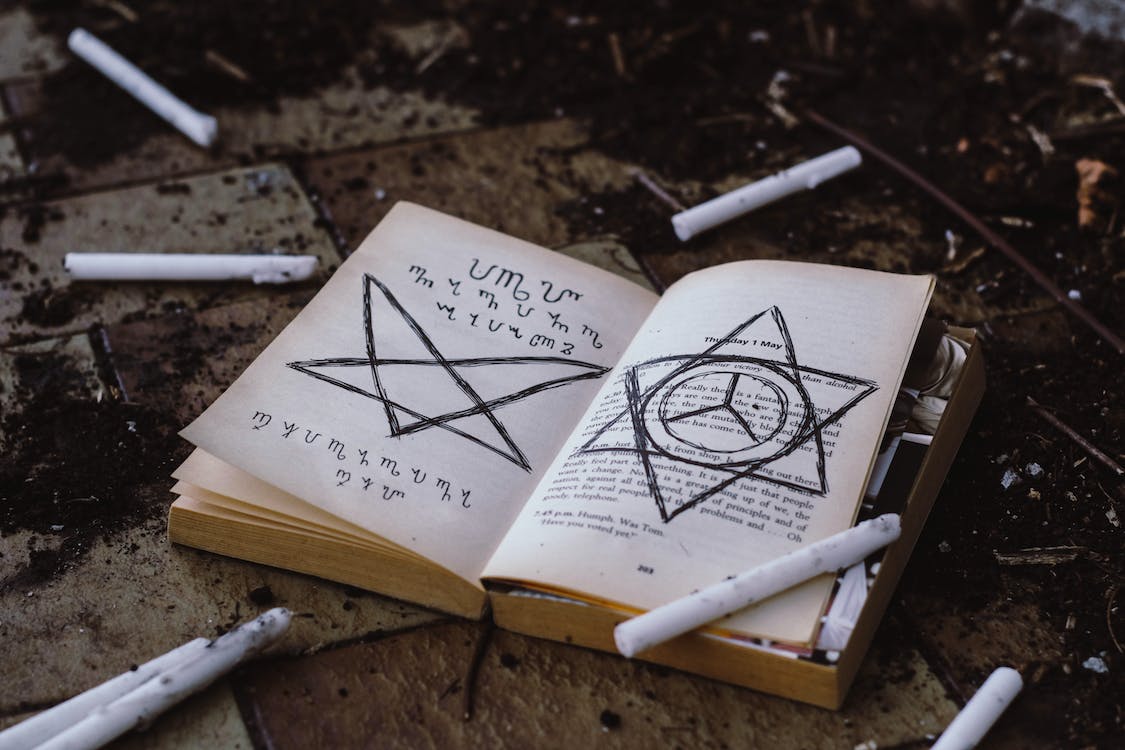
FAQ About Wicca

What is the Great Rite in Wicca?
The Great Rite is a symbolic ritual or enactment of the union between the god and the goddess in Wicca. It is a sacred and deeply symbolic act that represents the divine polarity and the cycle of life, death, and rebirth. The Great Rite is often performed as part of Wiccan rituals, particularly during certain Sabbats or esoteric ceremonies.
There are two main forms of the Great Rite: the ritual enactment using a symbolic representation of the male and female reproductive organs, and the symbolic Great Rite where a chalice representing the goddess and an athame (ritual knife) representing the god are brought together in a symbolic union.
In the symbolic enactment, a chalice and an athame are used to represent the female and male aspects of divinity, respectively. The chalice is often filled with a liquid, such as wine or water, representing the goddess's womb or life-giving essence. The athame represents the god's phallus or active energy. The practitioner or officiant holds the athame and symbolically lowers it into the chalice, uniting the divine energies in a ritual act.
The symbolic Great Rite, on the other hand, involves the symbolic joining of the chalice and athame without physical contact. The athame is often pointed towards the chalice, acknowledging the union of the masculine and feminine principles within the ritual space.
The Great Rite is considered a sacred and intimate act, representing the divine balance and the union of opposites. It is not typically performed in a literal or sexual sense, but rather as a symbolic gesture to honor the divine forces and the sacredness of creation. It can also serve as a reminder of the interconnectedness of all beings and the balance of energies within ourselves and the natural world.
